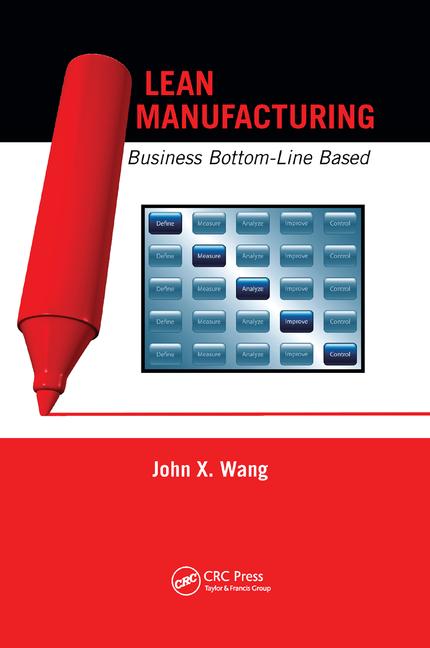The objective is to eliminate waste: infighting over whether lean or Six Sigma gets credit creates waste.
Lean or Six Sigma? This question is asked continuously, but it’s the wrong question! One company that I know of wasted an entire year debating whether to do lean or Six Sigma. It isn’t an “either-or” question. The essential point is that neither lean nor Six Sigma should be implemented “instead of” the good things you are already doing. Your organization is doing something-probably quite a few things-well today, or it would be dead. Lean and Six Sigma should be done “in addition to” those things you are already doing well. Use either one to build on top of the good efforts and successes you already have going.
Needless tension arises between advocates of lean and Six Sigma because those who use these two methodologies are very passionate, as they should be. The worst tension seems to occur in companies that are doing both, but fight over which methodology gets credit for the results. The objective is to eliminate waste; infighting over which gets credit creates waste.
You must look at lean, Six Sigma or any improvement concept through different perspectives. First are the tools. What tools do you currently have? What tools do you need to adopt? Second are the systems. Which systems must change and which will you build upon? How do your current systems support change and how must they change? Third is the organizational culture. Are the beliefs of the organization what they need to be? This is important because our beliefs drive our behaviors, and our behaviors drive results. Get the culture right and everything else is easier. But the most important element is consistency. Your principles, systems, and tools must be consistent with each other. If you have espoused the principle of customer focus, for example, you cannot expect success if don’t have systems and tools that support that principle.
To help you better integrate these practices into your own organization, here are some examples of how companies are-and are not-consistent with lean and Six Sigma. Lean and Six Sigma are generally very consistent with each other. Six Sigma is about structured problem-solving, getting to the root cause, and deeply understanding the current state before developing the solution. These practices are also central to the beliefs of lean. But there are some aspects of Six Sigma that may not be consistent with lean.
Too often, a company beginning with Six Sigma sets up a small group of elite problem solvers, with everyone else subservient to this group when it comes to problem-solving. This is not consistent with the core belief of lean that problems are identified and engaged at the point of activity, and that, in general, all employees are engaged in problem solving and improvement. The good news is this element is not embedded in Six Sigma methodology; it is just a common practice of implementation that can be easily rectified once it is recognized.
Here’s an example of implementing Six Sigma without understanding lean principles. A company’s Six Sigma black belts were well-versed in Six Sigma problem-solving techniques using a process called Define, Measure, Analyze, Improve and Control, which is central to the practice of Six Sigma. However, the elite problem-solvers sat at their desks crunching data. One black belt told a plant manager “send me your data and I’ll get you the answer.” As you can imagine, this behavior would not be consistent with a lean culture. Consistency between principles, systems and tools is crucial to success.
No initiative should be launched at a company without recognizing-and building on-what the company already has going for it. Lean should not be done “instead of” other things, and neither should Six Sigma. Use either to build “in addition to” what you are already doing well.
Jamie Flinchbaugh is a founder and partner of the Lean Learning Center in Novi, MI, and the co-author of The Hitchhiker’s Guide to Lean: Lessons from the Road.He shares his successful and varied experiences of lean transformation as a practitioner and leader through companies such as Chrysler and DTE Energy. He also has a wide range of practical experience in industrial operations, including production, maintenance, material control, product development and manufacturing engineering. Jamie is a graduate fellow of the Leaders for Manufacturing Program at the Massachusetts Institute of Technology, where his research thesis was on implementing lean manufacturing through factory design. He also holds a B.S. in Engineering from Lehigh University in Bethlehem, PA, and an M.S. in Engineering from the University of Michigan. To contact Jamie directly, go to the web site www.leanlearningcenter.com.
Get our new eMagazine delivered to your inbox every month.
Stay in the know on the latest assembly trends.
SUBSCRIBE TODAY!Copyright ©2024. All Rights Reserved BNP Media.
Design, CMS, Hosting & Web Development :: ePublishing


